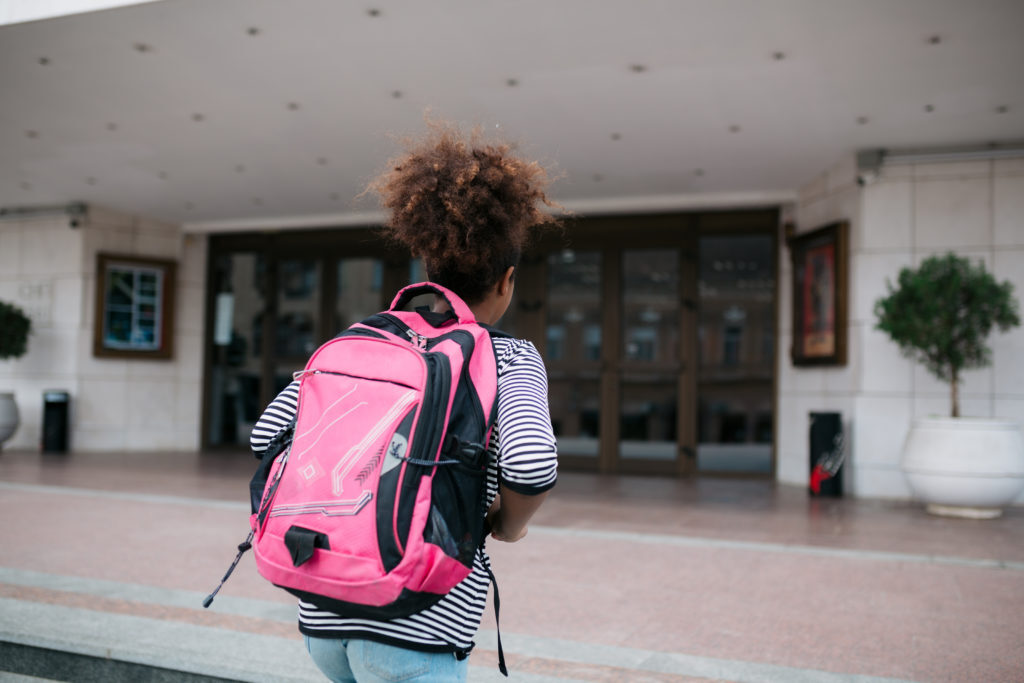For as long as schools have policed hairstyles as part of their dress codes, some students have seen the rules as attempts to deny their cultural and religious identities.
Nowhere have school rules on hair been a bigger flashpoint than in Texas, where a trial this week is set to determine whether high school administrators can continue punishing a Black teenager for refusing to cut his hair. The 18-year-old student, Darryl George, who wears his hair in locs tied atop his head, has been kept out of his classroom since the start of the school year.
To school administrators, strict dress codes can be tools for promoting uniformity and discipline. But advocates say the codes disproportionately affect students of color and the punishments disrupt learning. Under pressure, many schools in Texas have removed boys-only hair length rules, while hundreds of districts maintain hair restrictions written into their dress codes.
Schools that enforce strict dress codes have higher rates of punishment that take students away from learning, such as suspensions and expulsions, according to an October 2022 report from the Government Accountability Office. The report called on the U.S. Department of Education to provide resources to help schools design more equitable dress codes.



"Pseudofolliculitis barbae (razor bumps) is a common condition of the beard area occurring in up to 60% African American men and other people with curly hair. The problem results when highly curved hairs grow back into the skin causing inflammation and a foreign body reaction. Over time, this can cause keloidal scarring which looks like hard bumps of the beard area and neck. Shaving sharpens the ends of the hairs like a spear. The hairs then curve back into the skin causing pseudofolliculitis barbae.
A 100% effective treatment is to let the beard grow. Once the hairs get to be a certain length they will not grow back into the skin. For most cases, totally avoid shaving for 3 to 4 weeks until all lesions have subsided, while applying a mild prescription cortisone cream to the involved skin each morning. Shaving every other day, rather than daily, will improve pseudo-folliculitis barbae. If one must use a blade, water soften the beard first with a hot, wet washcloth for 5 minutes. Then use lubricating shaving gel (Edge, Aveeno), and the Aveeno PFB Bump Fighter Razor or the Flicker razor. Shave with the grain of the beard and do not stretch the skin. Use only one stroke over each area of the beard."
https://www.aocd.org/page/pseudofolliculitisb#:~:text=Pseudofolliculitis barbae (razor bumps) is,and a foreign body reaction.